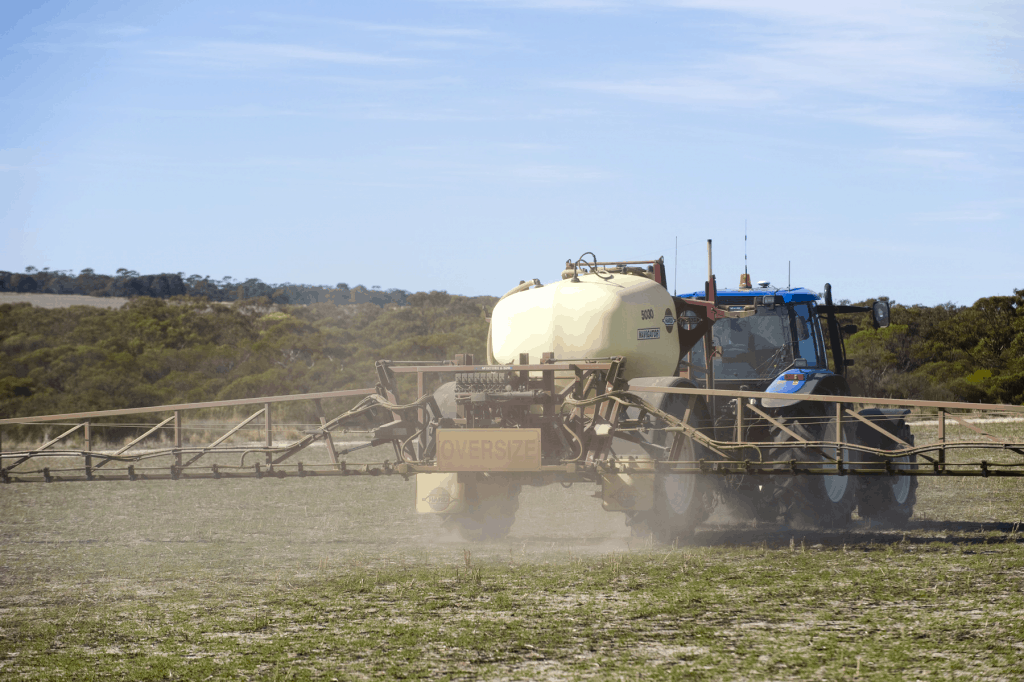What is a spray drift claim?
‘Spray drift’ or ‘pesticide drift’ is a term used to describe the movement of agricultural chemicals used for the protection of crops from unwanted weeds, pests and diseases through the air to non-target crops, stock and land.
The increased use of pesticides in the agricultural sector is a commercial and social reality. As a result, conflicts involving pesticide applications are becoming increasingly common.
Issues regarding spray drift are becoming increasingly common. This is propelled by the rising demand for organic production and the intensification of herbicide-using industries.
SAFE USE REQUIREMENTS UNDER FEDERAL LAW
In Australia, there is a division of responsibilities for regulating pesticides between the Commonwealth and the State and Territory governments.
The Australian Pesticides and Veterinary Medicines Authority (APVMA) is the federal regulator of pesticides. They are responsible for the assessment and registration of pesticide products and for the provision of label instructions for the ‘safe’ use of those products.
Once a pesticide product has been purchased, the control of use of that product becomes the responsibility of the relevant State or Territory government agency.
STATE LIABILITY LAWS
Compliance with APVMA regulations is achieved in each State and Territory via the inclusion of offence provisions for actions such as:
- possession or use of an unregistered pesticide
- using a pesticide contrary to an approved label.
While most State laws contain such provisions, they otherwise vary greatly in their approach to the regulation of spray drift.
For example, unlike other States, there is no specific Act containing offence provisions for spray drift in Queensland. Local councils have investigative powers and powers to enforce controls and impose fines where spray drift problems occur.
In New South Wales, the Pesticides Act 1999 (NSW) contains general offences relating to the control of pesticides are contained in Division 3.
These include possession or use of an unregistered pesticide and using pesticides contrary to an approved label.
Fines of up to $120,000 for a corporation and $60,000 for an individual apply under this Division. However, there is no specific provision in this Act relating to spray drift.
COMMON LAW REMEDIES
In addition to statutory offence provisions, private landowners and others affected by the adverse effects of spray drift have the option of pursuing common law remedies, such as nuisance and/or negligence.
Such claims are, however, notoriously difficult and expensive to establish. This is because the burden of proof lies on the applicant to demonstrate, on the balance of probabilities, that a spray drift event was the cause of damage.
To establish that the pesticides in question drifted a specific distance and in sufficient quantities, significant evidence in the form of tests, expert reports, scientific modelling, photographs and oral evidence is required.
The legal hurdles for a successful prosecution or private landowner claim are high and there have been few successful actions relating to spray drift in Australian Courts.
Having said this, a recent spray drift case in 2017 saw a farmer awarded $7 million in damages for losses caused by a neighbour’s negligent spraying.
This fact sheet is for information only. It is recommended that you get legal advice about your situation.








